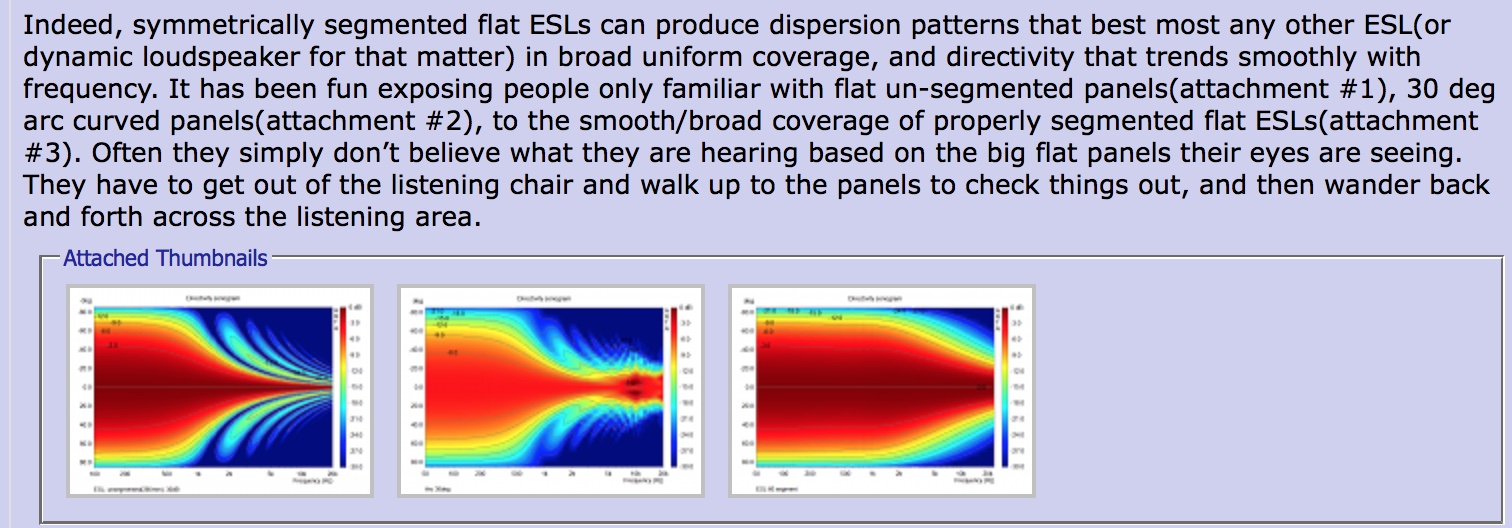I mean dipole speakers radiate equally forward and back, and after the back wave reflects forward it interferes with the forward wave. They rely on that interference being specifically controlled. For example, the Magnepan 3.6/R have a rise in the bass that is expected to be countered by the reflected back wave to give flat response. Thus the distance from the front wall (the wall behind them), the toe-in angle of the speaker, the distance from the side walls, and the composition of the walls, all affect the distance and timing of that reflected wave and significantly change the speaker's response.
With dipoles, you need to experiment and listen (better yet, measure), make changes and repeat in order to dial them in. The speakers must be placed where performance is best, and if you compromise by moving them even a small amount to satisfy room decor or SWMBO (she who must be obeyed), the sound quality suffers.
All speakers are like this to some extent, but dipoles are more sensitive to room setup than conventional speakers. Thus, speaker positioning comes first, room decor is secondary - the room must be arranged around the speakers, and not vice versa.


